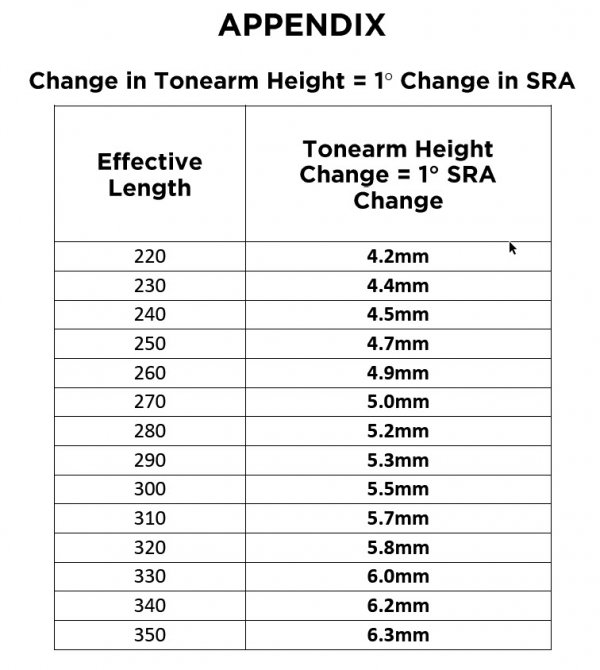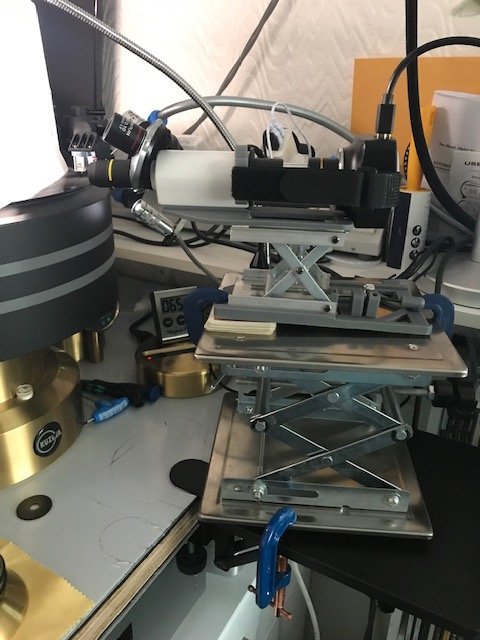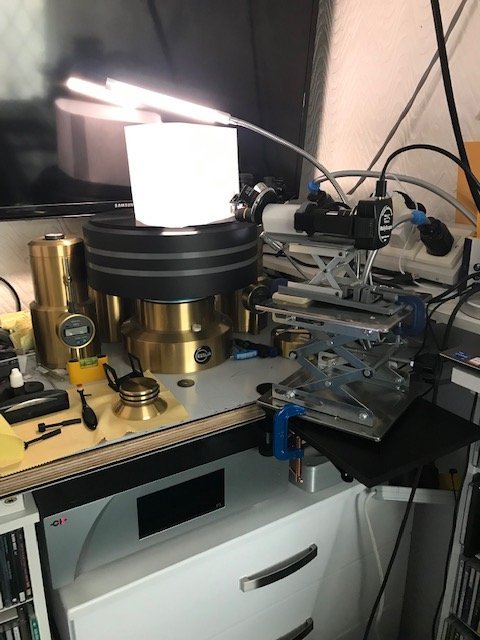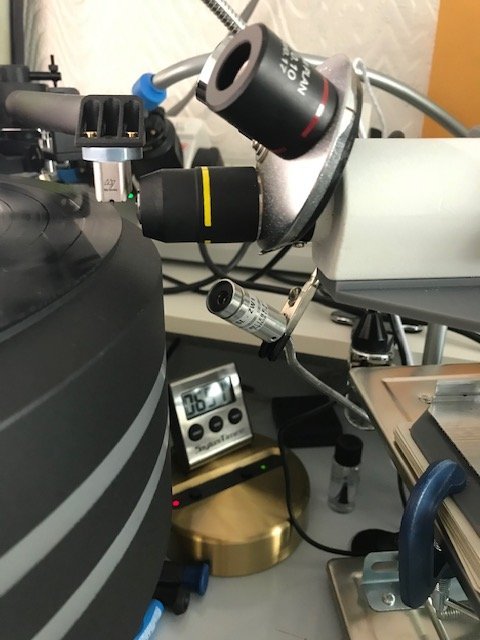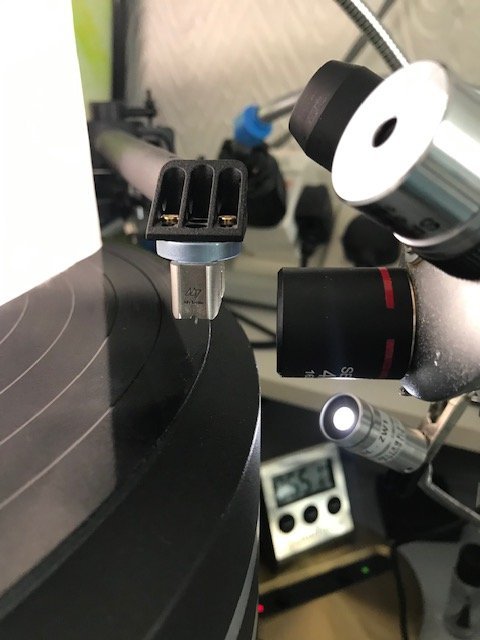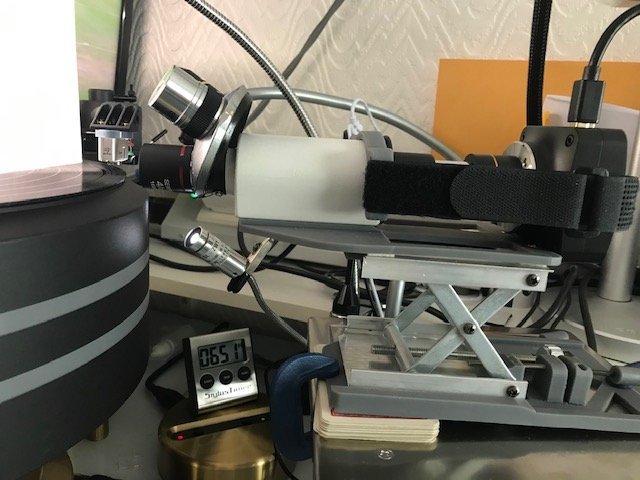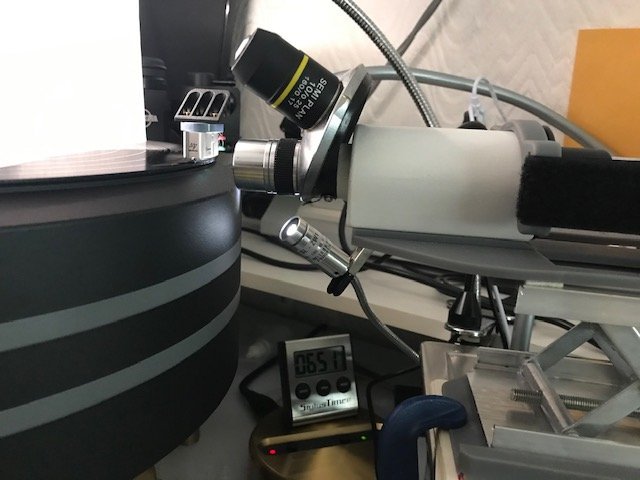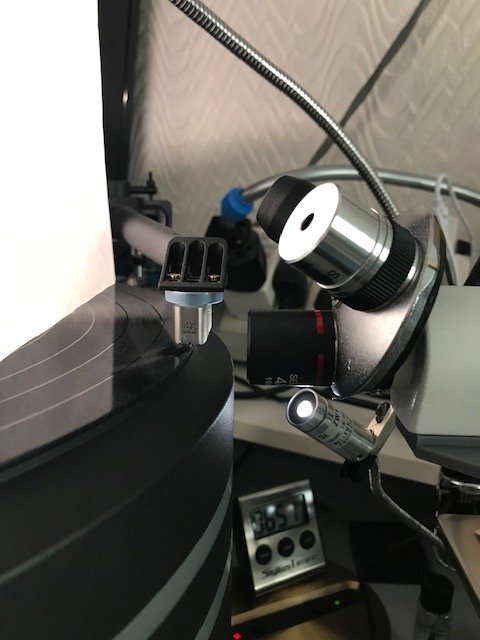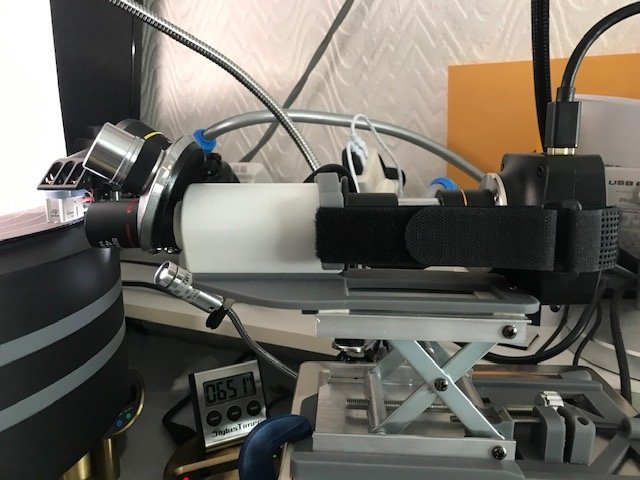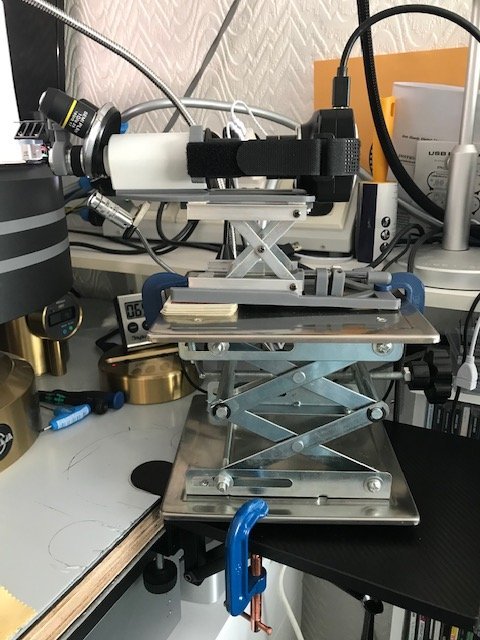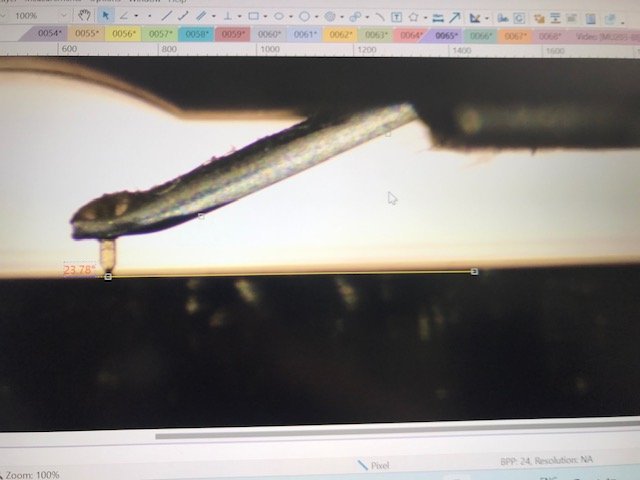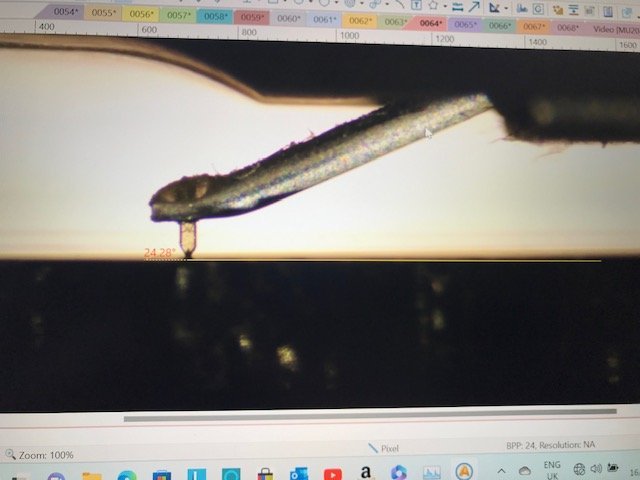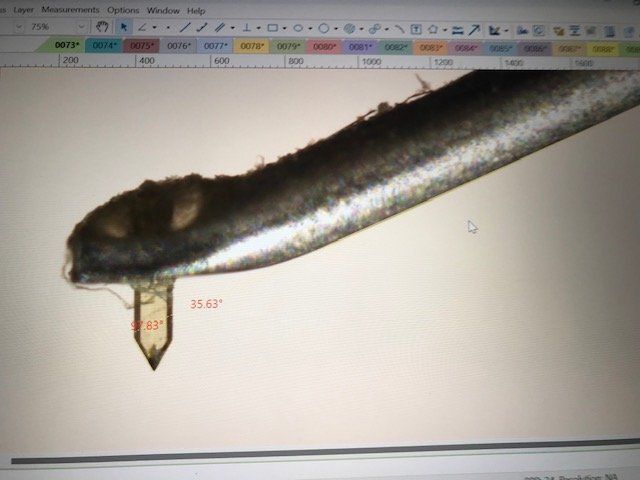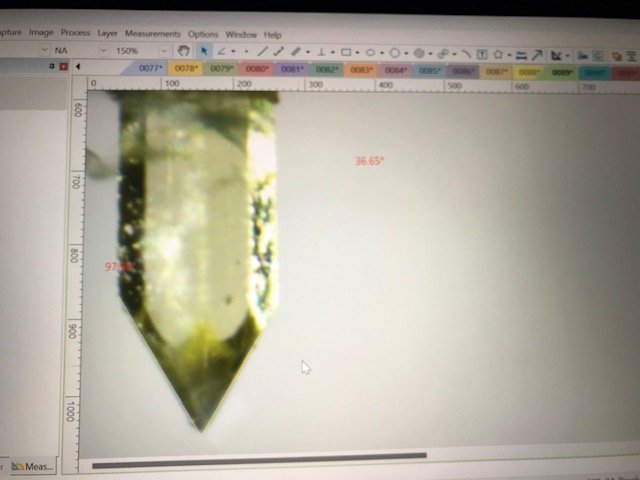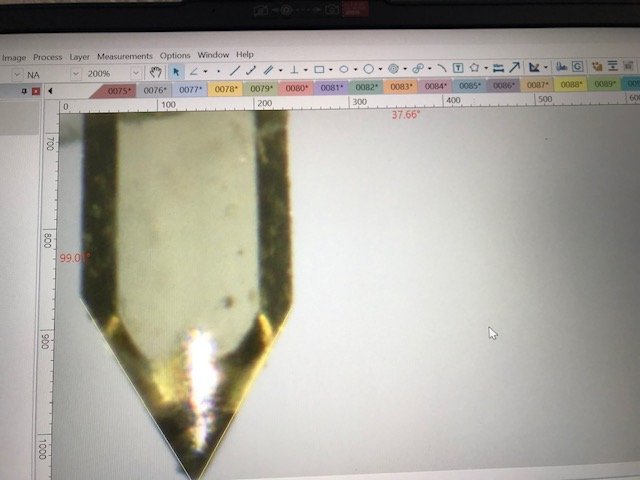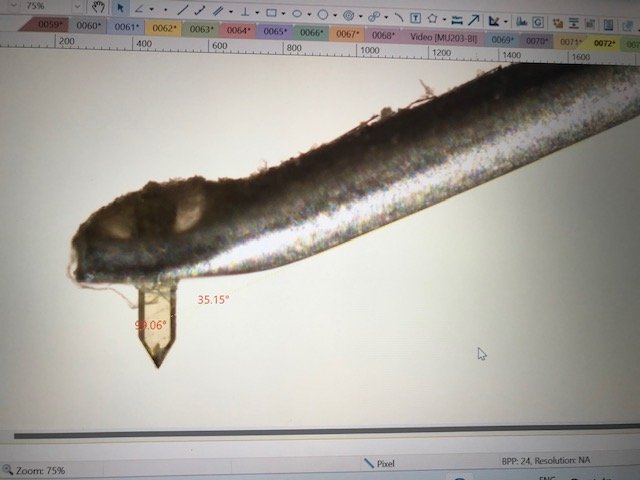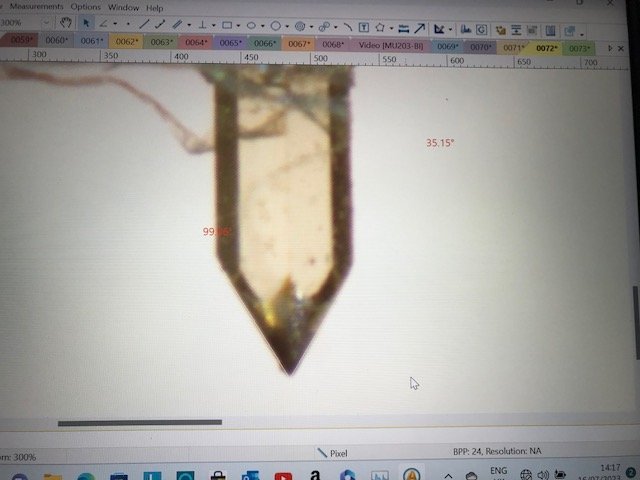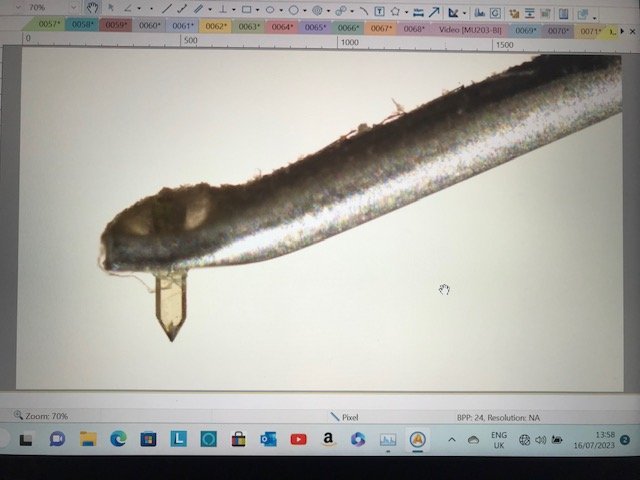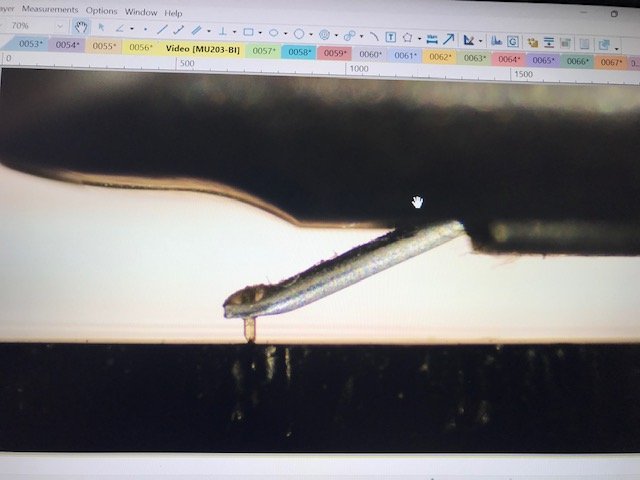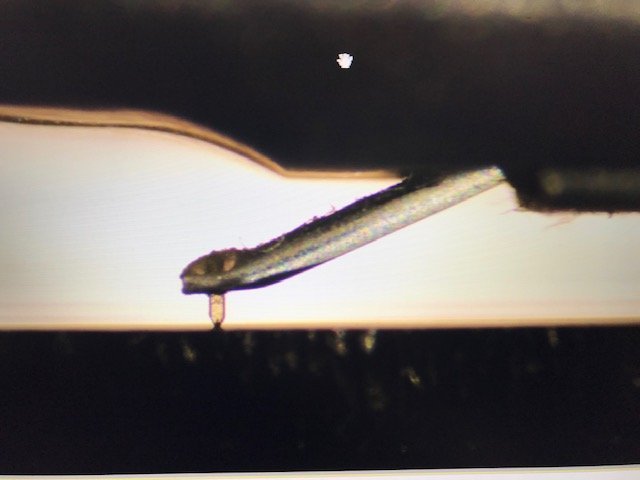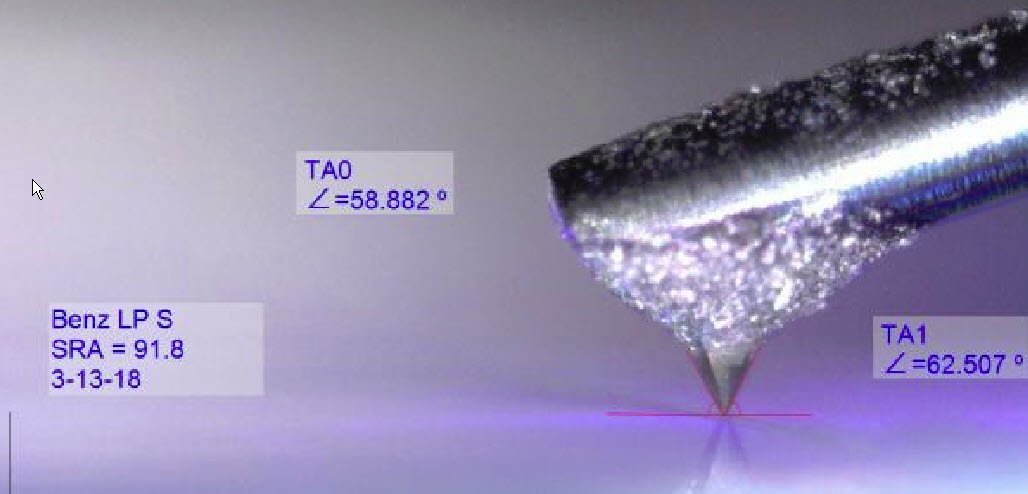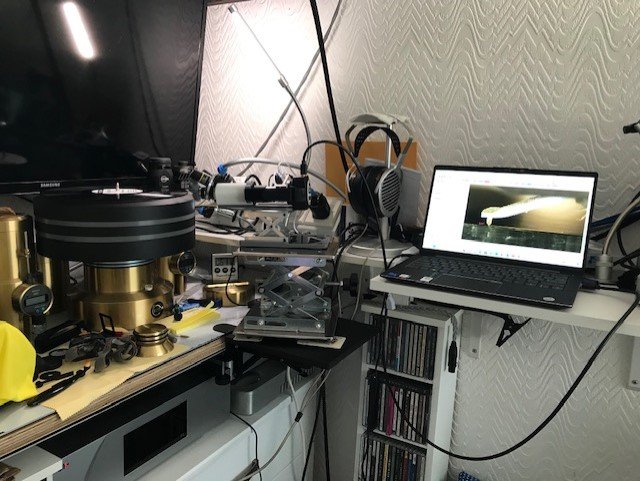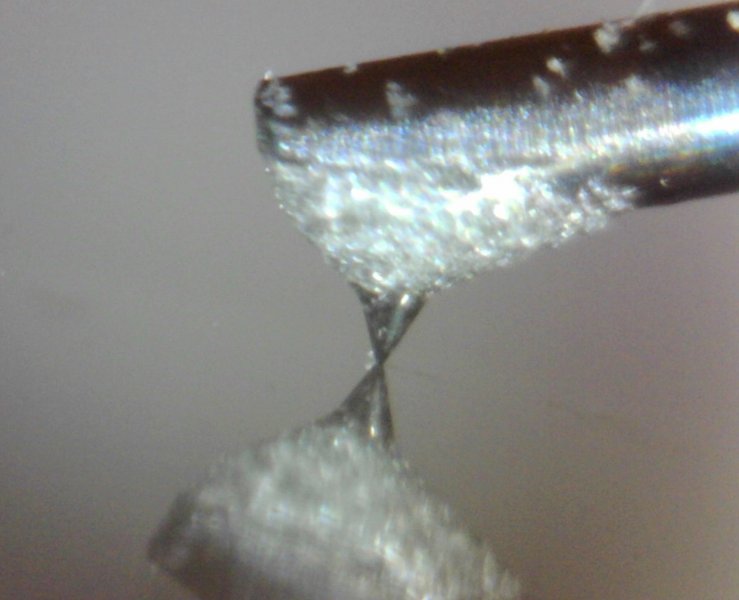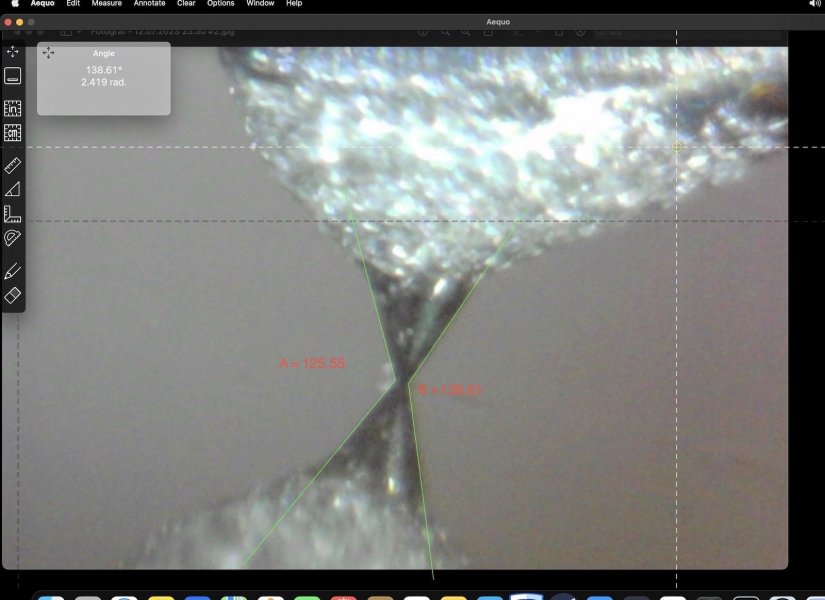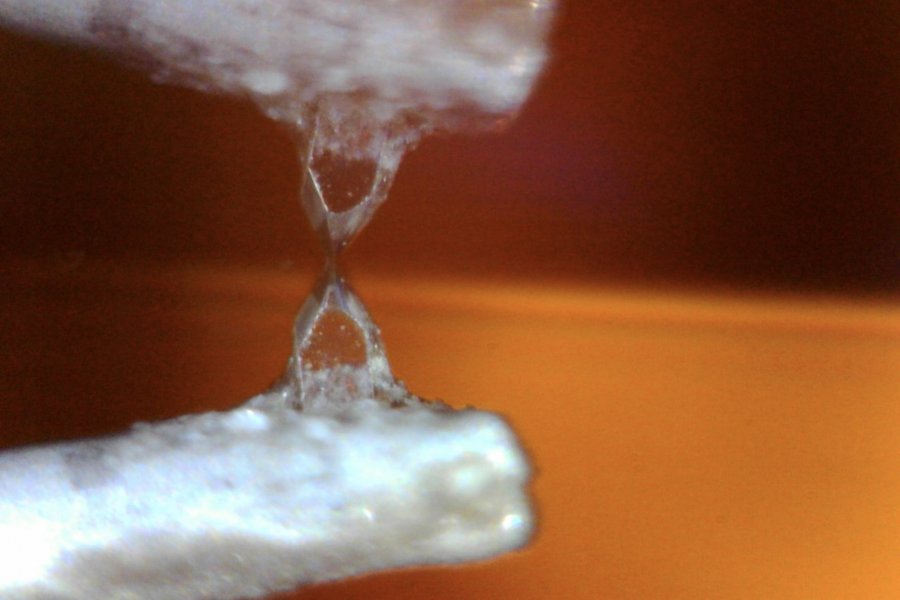In the thread Kuzma Safir 9 user Bonesey Jonesey wrote an interesting post describing how he uses Wally Tools to setup a cartridge. Since we have threads on other turntable oriented set-up devices, I thought it appropriate to have one about using Wally Tools. This consolidates the topic and avoids scattering posts related to it in other threads.
Bonesy Jonesy wrote:
"Hi 'No Regrets',
My 2 pennies worth on my current experineces and knowledge to date regarding setting the VTA on a Kuzma 4Point 11" tonearm;
Like other WBF members here, once I had initially set and locked into position the VTA on my 4Point 11" (connected to my Kuzma XL DC TT) using a 180gram LP as the middle ground reference I have not altered it since.
However, the re-setting up (last few months) of my tonearm and cartridge parameters including of course the VTA (and SRA) has been quite rigorous once I had purchased all of the latest versions of the Wally Tools (Wally Reference, Wally Skater, Wally Scope & Wally Universal Tractor) and the AnalogMagik V1 software and discs a few months back.
The use of the Wally Tools in setting up my tonearm and cartridge (all parameters for both) and the AnalogMagik V1 in setting up my TT (checking for speed and wow & flutter etc.) and cartridge (all parameters) has made a huge impact and big improvement to the sound I am now hearing from my LP collection.
Once I had set the tonearm to be perfectly horizontal to the platter using the Wally Reference, I set both the VTA on my 4Point 11" tonearm and my XL DC TT tonearm tower to zero with this being the set reference to start from.
Then with using the Wally Scope I determined the cartridges static and dynamic (platter moving) SRA and VTA. From these values, I then adjusted the VTA on my XL DC tonearm tower using the installed Kuzma VTA digital gauge (i.e. I didn't have to use the VTA adjustment on the 4Point 11" with having a fine adjustable height tonearm tower with a very precise digital VTA gauge). After the tonearm tower height adjustment I then rechecked my cartridges static SRA and VTA (first) and then the dynamic SRA and VTA using my Wally Scope to make sure it was within the audio industry recommended values.
Regarding the changing of the VTA for different records, I read online that Wally Tools has analysed and assessed differences in cartridge dynamic VTA and dynamic SRA with different record thicknesses being played for a multitude of different cartridges, and found that making very minor adjustments to changing the VTA for different record thicknesses is not clearly audible and therefore suggest not making minor adjustments to the VTA for different record thicknesses on the risk of changing / upsetting other set cartridge parameters.
Hope the above info helps you."
Contributions to this topic are welcome !
Bonesy Jonesy wrote:
"Hi 'No Regrets',
My 2 pennies worth on my current experineces and knowledge to date regarding setting the VTA on a Kuzma 4Point 11" tonearm;
Like other WBF members here, once I had initially set and locked into position the VTA on my 4Point 11" (connected to my Kuzma XL DC TT) using a 180gram LP as the middle ground reference I have not altered it since.
However, the re-setting up (last few months) of my tonearm and cartridge parameters including of course the VTA (and SRA) has been quite rigorous once I had purchased all of the latest versions of the Wally Tools (Wally Reference, Wally Skater, Wally Scope & Wally Universal Tractor) and the AnalogMagik V1 software and discs a few months back.
The use of the Wally Tools in setting up my tonearm and cartridge (all parameters for both) and the AnalogMagik V1 in setting up my TT (checking for speed and wow & flutter etc.) and cartridge (all parameters) has made a huge impact and big improvement to the sound I am now hearing from my LP collection.
Once I had set the tonearm to be perfectly horizontal to the platter using the Wally Reference, I set both the VTA on my 4Point 11" tonearm and my XL DC TT tonearm tower to zero with this being the set reference to start from.
Then with using the Wally Scope I determined the cartridges static and dynamic (platter moving) SRA and VTA. From these values, I then adjusted the VTA on my XL DC tonearm tower using the installed Kuzma VTA digital gauge (i.e. I didn't have to use the VTA adjustment on the 4Point 11" with having a fine adjustable height tonearm tower with a very precise digital VTA gauge). After the tonearm tower height adjustment I then rechecked my cartridges static SRA and VTA (first) and then the dynamic SRA and VTA using my Wally Scope to make sure it was within the audio industry recommended values.
Regarding the changing of the VTA for different records, I read online that Wally Tools has analysed and assessed differences in cartridge dynamic VTA and dynamic SRA with different record thicknesses being played for a multitude of different cartridges, and found that making very minor adjustments to changing the VTA for different record thicknesses is not clearly audible and therefore suggest not making minor adjustments to the VTA for different record thicknesses on the risk of changing / upsetting other set cartridge parameters.
Hope the above info helps you."
Contributions to this topic are welcome !





